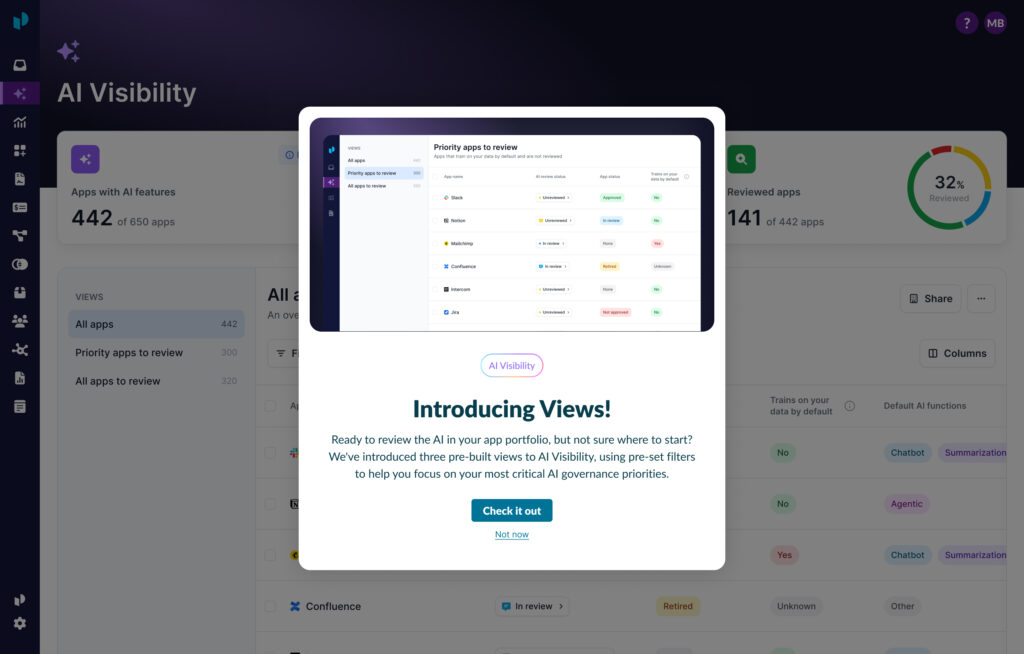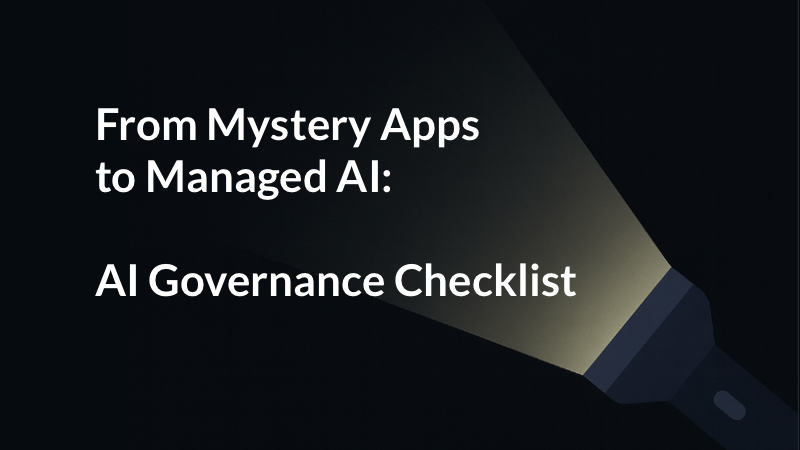
From tactical to transformation: How world class procurement organizations are evolving today
We see that many procurement teams are evolving from tactical to transformational functions with their companies – why is this happening now?
In this month’s featured guest post, hear from Elizabeth Zucker, Senior Procurement Advisor with the Hackett Group, we sat down with Elizabeth to talk about the evolving role of Procurement to find out more about what this means. Read on to learn more about how leading organizations are harnessing the power of Procurement.
The last three years have been turbulent for most organizations, starting with economies being locked down in 2020 due to the COVID-19 pandemic, followed by market readjustments through 2021 as markets reopened, and rounded out with soaring inflation fueled by rising energy and commodity prices as the result of the Russia-Ukraine war that began in 2022. Additionally, labor markets have remained tight with elevated wage inflation due to near-record low unemployment levels coupled with workforce demands for pay increases to manage cost of living challenges. Furthermore, net-zero commitments by many countries, including the Group of Seven (G7), are likely adding to inflation through higher infrastructure and energy supply costs, while transitioning to carbon neutrality. Against this backdrop, Procurement teams have needed to step up to take on a much wider set of responsibilities such as supply assurance and risk mitigation, supplier management, compliance and social responsibility goals.
In order to support this greater set of responsibilities, top performing Procurement teams have sought to minimize tactical work to focus on becoming a strategic and trusted advisor to their internal customers. In fact, according to The Hackett Group’s 2023 Procurement benchmark data, top-performing teams are actively minimizing the time their employees are spending on tactical activities, with Procurement planning and strategy roles comprising 11% more FTEs for Digital World Class Procurement teams. And this focus is paying off with Digital World Class ® Procurement organizations able to deliver nearly twice the savings as peers, while costing the business about one fifth less.
It is likely that this expansion of Procurement’s responsibilities has necessitated a redesign of the service delivery model to higher value and transformational activities, including upgrading skill sets, adopting new tools/processes and deploying new technology solutions.
What is the role of Procurement today?
Procurement’s role today continues to be predicated on the fundamentals of keeping the business running by achieving supply assurance and price optimization. However, the span of Procurement’s responsibilities is vastly different than say 15 or 20 years ago. In fact, The Hackett Group’s annual Procurement Agenda and Key Issues study show that Procurement teams have increased total workload by about 10% per year for the past couple of years.
Clearly the experiences of supply shortage during the COVID-19 pandemic created a better understanding of the role that Procurement plays in maintaining reliable supply. We witnessed that the more sophisticated Procurement organizations tended to experience lower levels of supply shortage – in part because they had already been investing in supplier relationships. It is now universally recognized that the supply base must be actively managed in order to minimize risk exposure. Beyond supply assurance, the evolution of Procurement’s role has been in direct correlation to Procurement’s success in demonstrating that it can achieve much higher value for the enterprise. The expansion of Procurement’s role includes responsibilities such as solidifying third party risk management, improving stakeholder engagement and customer service, assuring effective master data management and supporting corporate level goals like growth and social responsibility (e.g., supply chain sustainability and supplier diversity).
From reactive to data-supported decision making
So how has Procurement taken on this additional workload while also managing to achieve the fundamentals that assure their organizations meet growth and profit goals? There are many factors that can contribute to Procurement’s ability to thrive in this new environment.
The first is portfolio size and scale management, where less is more. Supply base concentration, or the percentage of the supply base that makes up 80% of spend, should be at 20% or less for optimum efficiency. We know that top performers – that we designate as Digital World Class® – are achieving greater results than peer group organizations across all key performance metrics, and they’re doing so with about a third fewer suppliers. Having fewer suppliers creates multiple advantages such as:
- Consolidation of the organization’s buying power, making the company a more important customer
- A smaller supply base is less costly to administrate (i.e., less time and effort spent on supplier master data management, supplier contract management, supplier payments, etc.) freeing up more time to develop collaborative and trusting relationships with key suppliers
The second factor is technology, which is playing a critical role in this evolution of Procurement from being reactionary to being involved earlier in the business planning processes, and therefore able to offer greater data-supported decisions. Research shows that top performing Procurement teams are spending about 38% more per year on technology than peer organizations. Technology investment is yielding benefits for Procurement’s customers – realizing shorter cycle times throughout sourcing and purchasing activities. According to The Hackett Group’s 2023 Procurement benchmark data, Digital World Class Procurement teams are completing sourcing activities in 17% less time than peers and completing ad hoc PO purchases in 42% less time. Delivering results faster means that Procurement can move away from the perception that they are merely administrators or gatekeepers and start stepping into the role of valued business partner.
While technology has always driven greater productivity, the latest tech solutions are arguably doing much more. As Procurement’s role has expanded, technology is not only capturing and tracking data, but it is now able to create actionable insights that Procurement is using to better partner with its internal customers. According to The Hackett Group’s 2023 Procurement Agenda and Key Issues study, 48% of Procurement teams have started to deploy advanced analytics tools, with 73% reporting that these tools are meeting or exceeding expectations. Being able to support its customers’ data-driven decisions means that Procurement improves its status and gains ground on becoming a trusted advisor to the business.
What are future thinking leaders doing differently right now?
Future-thinking Procurement leaders are doing a few things right now to prepare for the road ahead. The first is to devise their long-term plan for technology. These leaders recognize that technology will continue to be a key to alleviating Procurement’s expanded workload while also enabling their teams to be nimble and responsive to the changing needs of their business. One key area of focus is on spend data management. Today, robust spend analytics tools are supporting decision-making and strategic planning by providing predictive insights and highlighting spend management opportunities.
We are at the early stages of the incorporation of AI into Procurement technologies. While the use cases are still being developed, a few things are clear:
- These emerging solutions that incorporate AI will affect jobs in unexpected ways, changing the nature of work and skill profiles required for Procurement personnel
- What we can predict is that the use of AI has the potential to enhance business partnering and unlock additional value for Procurement’s stakeholder base
In an Advisory Member webcast in June 2023, The Hackett Group asked over 100 attendees, “Which areas of Procurement do you think would benefit the most from AI-enabled technology?” Respondents were limited to provide three responses.Supply market intelligence topped the list at 58%, followed by contract management (46%) and bid optimization (43%). Interestingly, responsible Procurement (e.g., environmental, social and governance [ESG]), where it is challenging to manage data and information, was at the bottom of the list (15%). Does this indicate a lack of imagination around the art of the possible? Or is it merely seen as a lower priority when compared to other areas where a direct link can be made to cost savings? Procurement leaders should be thinking about these questions and setting a vision for what new, value-adding elements can be addressed with the capabilities of AI-enabled technology.
What are some ways that Procurement teams can begin moving to the strategic high ground today?
Here are three ways for Procurement to start to become a more strategic function within the enterprise:
- Evolve key relationships with internal stakeholders. Procurement leaders should spend time with their counterparts to understand stakeholder goals, objectives and priorities, and then work to incorporate those elements as guides for their own strategic plans. This insight should also be used to identify new ways to collaborate and bring value to business partners, driving greater alignment across prioritization of initiatives, organization of Procurement team resources and even the key performance metrics that Procurement reports to the business.
- Organize for agility. Agile Procurement teams can elevate Procurement’s role from an
administrator to a transformative strategic advisor. To maintain an agile operating model, Procurement leaders must focus on excelling in six areas:
- Keep pace with the accelerating speed of the market.
- Provide proactive innovation, inspiration and leadership.
- Enable decision-making excellence.
- Optimize stakeholder experience and ease of doing business.
- Leverage a broad and diverse ecosystem of value-driving partnerships.
- Deliver services with flawless quality and compliance.
- Develop technology solution paths that will impact Procurement’s ability to remove tactical activities from their workload (e.g., collecting and analyzing spend data or compiling price benchmarks), to gain better insights through spend and data visibility, and to improve the end user experience (e.g., shorter cycle times, intuitive buying guidance, inclusive sourcing activities, aligned performance measures). Technology deployment is a great way to relieve your teams’ repetitive and low-value-add tasks, allowing them to focus on higher value activities that can drive greater results for the business. Automating spend tracking and monthly reporting allows Procurement resources to shift their focus to improving stakeholder engagement and strategic supplier relationship management, leading to better outcomes for Procurement and the business.
About the author:
Elizabeth Zucker is a senior advisor with The Hackett Group’s Procurement Advisory practice. Having spent most of her career in Procurement and Sourcing, she brings over twenty years of experience as both practitioner and consultant. A major theme in her profession has been helping Procurement teams transform their organizations and accelerate value contribution to their organizations’ goals and objectives. She serves on multiple community boards and as faculty for SIG, has published many articles on Procurement, and is a sought-after speaker known for her high energy in sharing her passion for Procurement with others.
About Productiv:
Productiv is the only SaaS Management Platform built for bringing teams together. From new purchase requests to renewals, and everything in between, Procurement, Finance, and IT work in Productiv to align around trusted data, get AI powered insights, collaborate, make smarter decisions, and have confidence in every investment, at scale.
About Productiv:
Productiv is the IT operating system to manage your entire SaaS and AI ecosystem. It centralizes visibility into your tech stack, so CIOs and IT leaders can confidently set strategy, optimize renewals, and empower employees.





